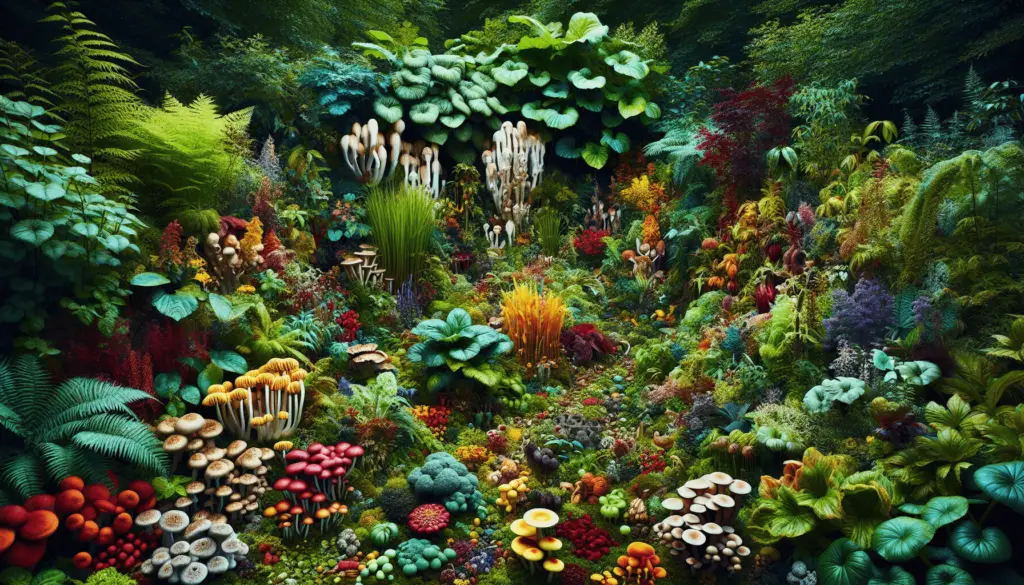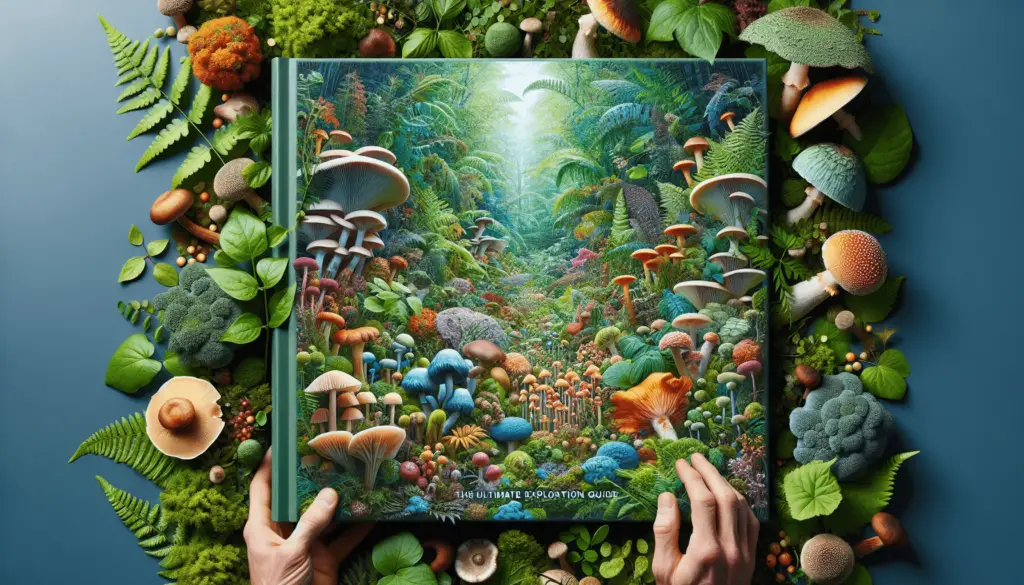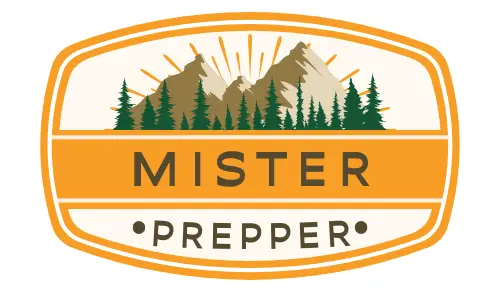Have you ever wondered what treasures lie in your own backyard?
You may be surprised to learn that the area right outside your door holds a wealth of edible plants and mushrooms waiting to be discovered. In this guide, we will explore the fascinating world of backyard foraging, helping you identify, harvest, and enjoy these natural delights safely and responsibly.
Getting Started with Backyard Foraging
To begin your foraging journey, it’s important to familiarize yourself with the basic principles of responsible foraging. Remember to respect the environment and only harvest plants and mushrooms that you can positively identify as safe and edible. Start by researching the native species in your area and learning about any look-alikes that could be harmful.
Edible Plants Found in Your Backyard
Your backyard is likely home to a variety of edible plants that can be used in culinary creations or enjoyed on their own. Here are a few common backyard edibles to keep an eye out for:
| Plant Name | Edible Parts | Notes |
|---|---|---|
| Dandelion | Leaves, Flowers, Roots | Nutritious and versatile |
| Nettles | Leaves | Must be cooked to remove stingers |
| Purslane | Leaves, Stems | High in omega-3 fatty acids |
These are just a few examples of the many edible plants that may be growing in your backyard. Always be sure to positively identify each plant before consuming it, and start with small quantities to avoid any possible allergic reactions.
Mushrooms to Look For
While some mushrooms can be highly poisonous, there are also many delicious and safe varieties that can be found in your backyard. Here are a few common edible mushrooms to be on the lookout for:
| Mushroom Name | Edible Parts | Notes |
|---|---|---|
| Morel | Cap | Prized for its unique flavor |
| Chicken of the Woods | Cap, Young Tender Parts | Tastes like poultry when cooked |
| Chanterelle | Cap, Stem | Rich and delicate flavor |
Before consuming any wild mushrooms, it’s crucial to properly identify them using a reliable field guide or seeking guidance from an experienced forager. Remember, when in doubt, throw it out.
Tips for Safe Foraging
Foraging for wild edibles can be a rewarding experience, but it’s important to take precautions to ensure your safety. Here are some tips to keep in mind while exploring your backyard:
- Always positively identify plants and mushrooms before consuming them.
- Avoid foraging in areas that may have been contaminated by pesticides or other harmful substances.
- Be respectful of the environment and only take what you need, leaving some plants behind to continue growing.
- If you have any doubts about a plant or mushroom’s edibility, err on the side of caution and do not consume it.
By following these guidelines and using common sense, you can enjoy the bounties of your backyard while staying safe and protecting the natural world around you.
Recipes Using Foraged Ingredients
Once you’ve harvested a selection of edible plants and mushrooms from your backyard, it’s time to get creative in the kitchen. Here are a few simple recipes to help you make the most of your foraged treasures:

Dandelion Salad
Ingredients:
- Dandelion Leaves
- Cherry Tomatoes
- Red Onion
- Balsamic Vinaigrette
Directions:
- Rinse dandelion leaves thoroughly and pat dry.
- Toss dandelion leaves with halved cherry tomatoes and thinly sliced red onion.
- Drizzle with balsamic vinaigrette and serve as a refreshing and nutritious salad.
Mushroom Risotto
Ingredients:
- Arborio Rice
- Chicken or Vegetable Broth
- Onion
- Garlic
- Edible Mushrooms (such as morels or chanterelles)
Directions:
- In a large skillet, sauté diced onion and minced garlic until translucent.
- Add Arborio rice and stir to coat in the onion and garlic mixture.
- Gradually add broth, stirring constantly, until the rice is cooked through.
- Stir in cleaned and chopped mushrooms and cook until tender.
- Serve hot as a comforting and flavorful risotto dish.
These recipes are just a starting point for using your backyard foraged ingredients in delicious meals. Don’t be afraid to experiment and get creative in the kitchen!
Closing Thoughts
Backyard foraging offers a wonderful opportunity to connect with nature, learn about local ecosystems, and enjoy the flavors of the wild. By following the guidelines outlined in this guide and conducting thorough research, you can safely harvest and enjoy edible plants and mushrooms from your own backyard. So next time you step outside, take a closer look at the wonders that surround you – you never know what delicious surprises may be waiting to be discovered.

